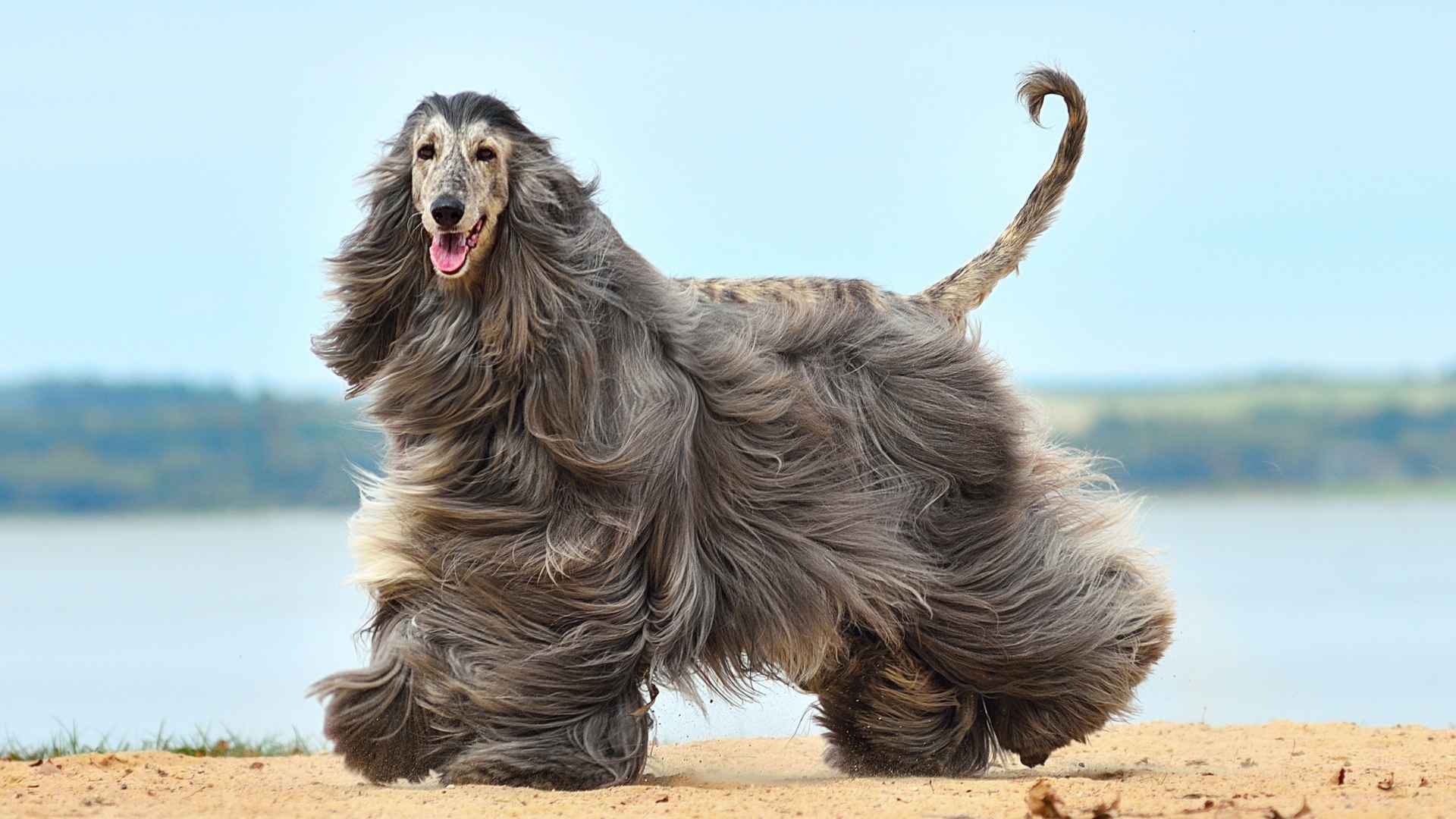Have you ever wondered what makes a dog breed exceptionally pricey? Beyond looks and rarity, the cost often reflects a mix of factors: pedigree, breeding standards, lifetime care, and popularity. Some breeds don’t just turn heads; they can significantly impact your budget from day one.
In recent years, luxury dog prices have soared. Top-tier purchase costs for certain breeds can reach tens of thousands of dollars. Then add in yearly expenses, like vet checkups, grooming, food, and insurance, and the investment grows even deeper.
Not every expensive dog is high-maintenance, but many require specific health screenings, quality nutrition, and professional handling to maintain their premium status. In this article, we’ll explore the breeds that consistently rank among the world’s most expensive. You’ll learn why they command such value, what owning one actually involves, and if the price tag lines up with popular perception, or simply prestige.
Expensive Dog Breeds
1. Afghan Hound
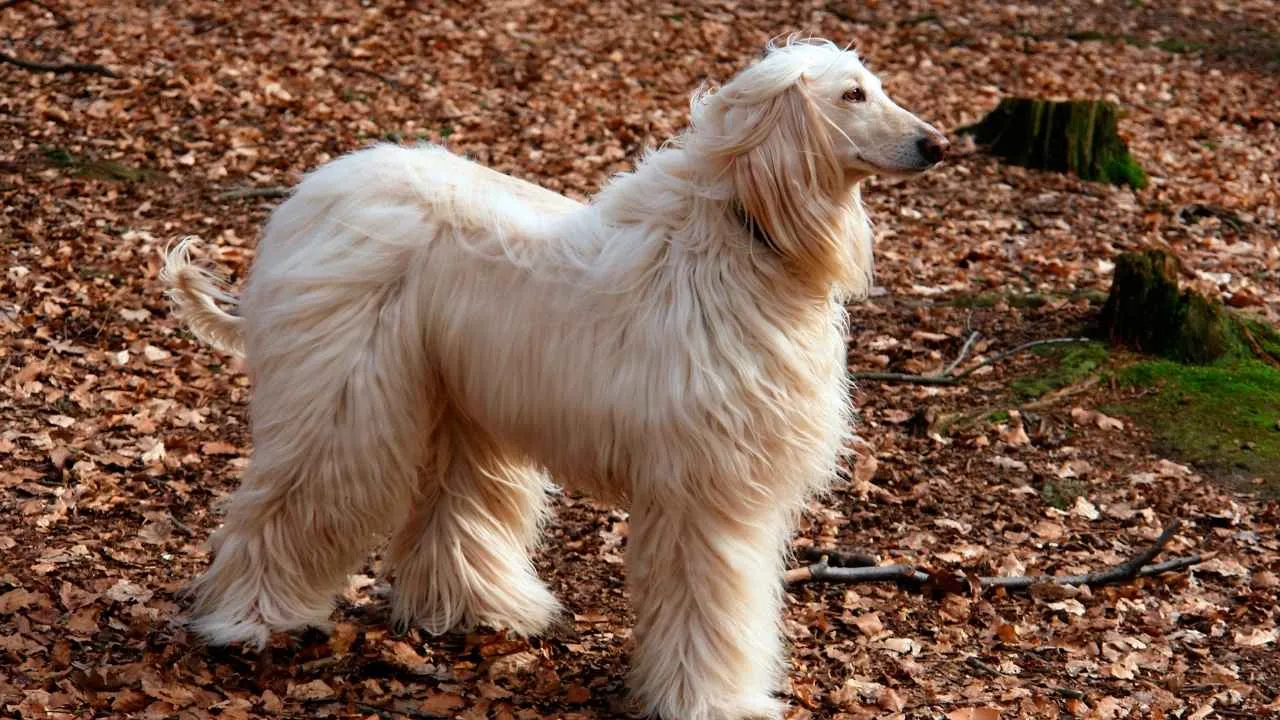
Key Points
Size: Medium to large
Weight: 50–60 pounds
Temperament: Elegant, aloof, independent
Estimated Cost: $2,000–$7,000
With its long, silky coat and slender build, the Afghan Hound is one of the most visually striking breeds. Originally bred for hunting in mountainous terrain, this dog combines beauty with speed and agility. Despite its regal appearance, it’s a capable athlete with a surprisingly playful streak.
This breed is known for its independence and can be a challenge to train. While loyal to its family, it often prefers to observe rather than interact constantly. According to Hill’s Pet, their personality tends to be aloof but not unfriendly.
The grooming commitment is significant. Their fine coat requires daily brushing to prevent matting and regular bathing to maintain its texture and sheen. Professional grooming is often necessary to keep the coat looking its best.
Because of their rarity and high grooming demands, Afghan Hounds are considered a luxury breed. They do best with experienced owners who appreciate their unique mix of independence and elegance.
2. Pharaoh Hound
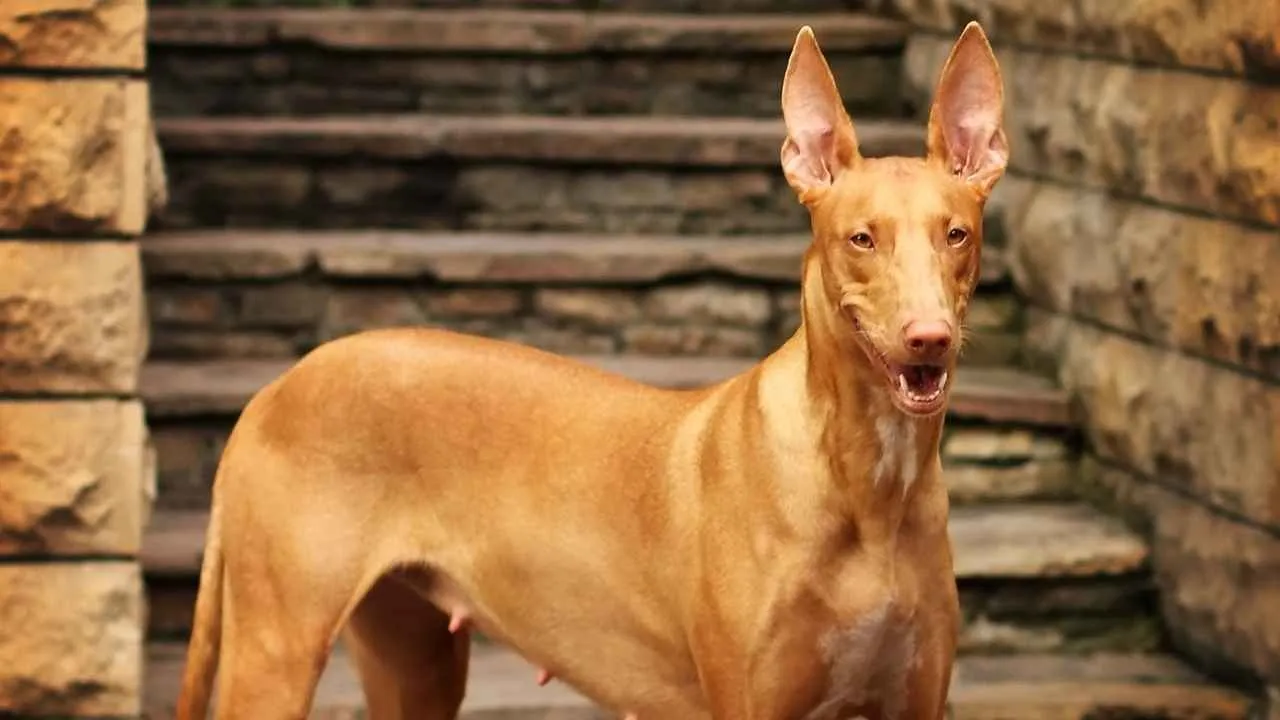
Key Points
Size: Medium
Weight: 45–55 pounds
Temperament: Alert, intelligent, affectionate
Estimated Cost: $2,000–$6,500
This ancient breed stands out for its sleek, athletic build and expressive face. Known for a graceful gait and striking amber eyes, the Pharaoh Hound is also famous for a unique trait: it can blush, turning its nose and ears pink when excited.
Originally used for hunting in Egypt and Malta, this breed is agile, fast, and highly alert. Despite their high energy, they’re gentle in the home and form close bonds with their people.
They require regular exercise and thrive in active households. Training is easier with positive reinforcement, as they don’t respond well to harsh correction.
With a short, low-maintenance coat and minimal doggy odor, grooming is simple. However, they can be prone to separation anxiety if left alone too often.
Due to rarity and lineage tracing back thousands of years, Pharaoh Hounds are a prized breed with a premium price tag.
3. Dogo Argentino
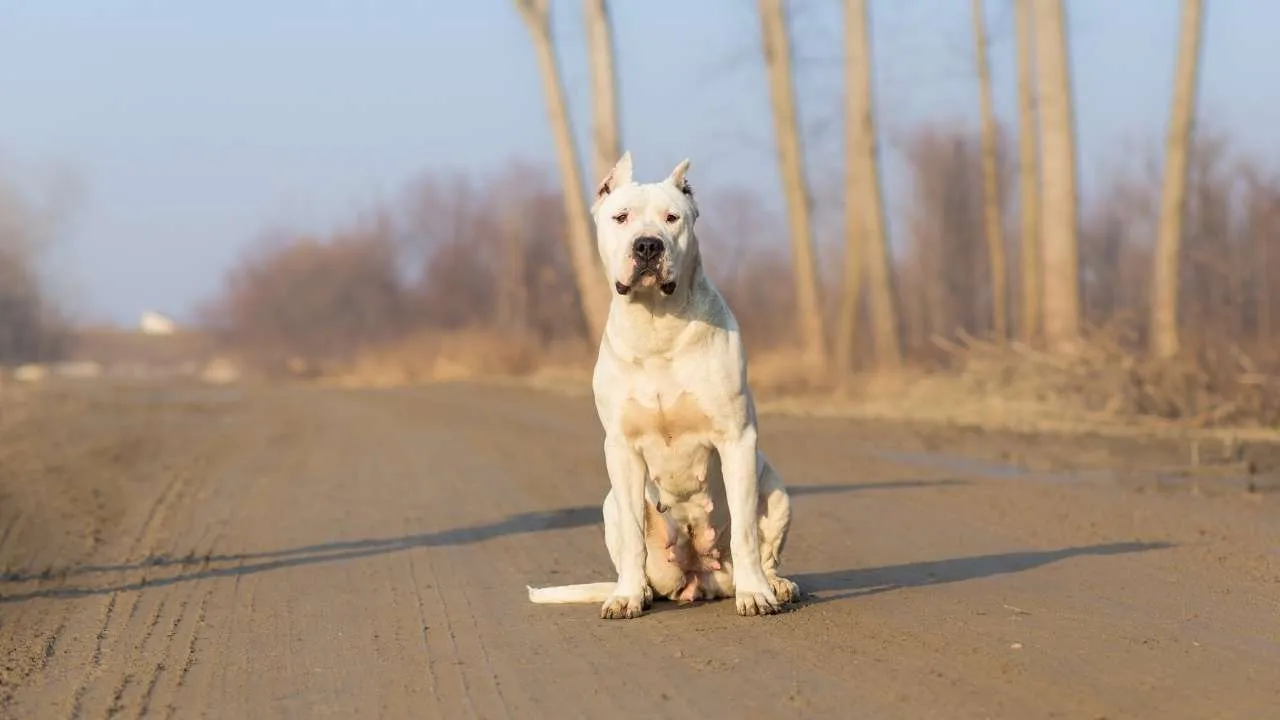
Key Points
Size: Large
Weight: 80–100 pounds
Temperament: Strong, loyal, confident
Estimated Cost: $2,000–$5,000
Bred in Argentina for big game hunting, this powerful and muscular dog is known for its bravery and dedication to its family. The Dogo Argentino has a short white coat and a commanding presence, often used in protection and military work.
They are deeply loyal but require experienced handling. AKC notes that these dogs are protective and territorial, making early training and consistent leadership essential.
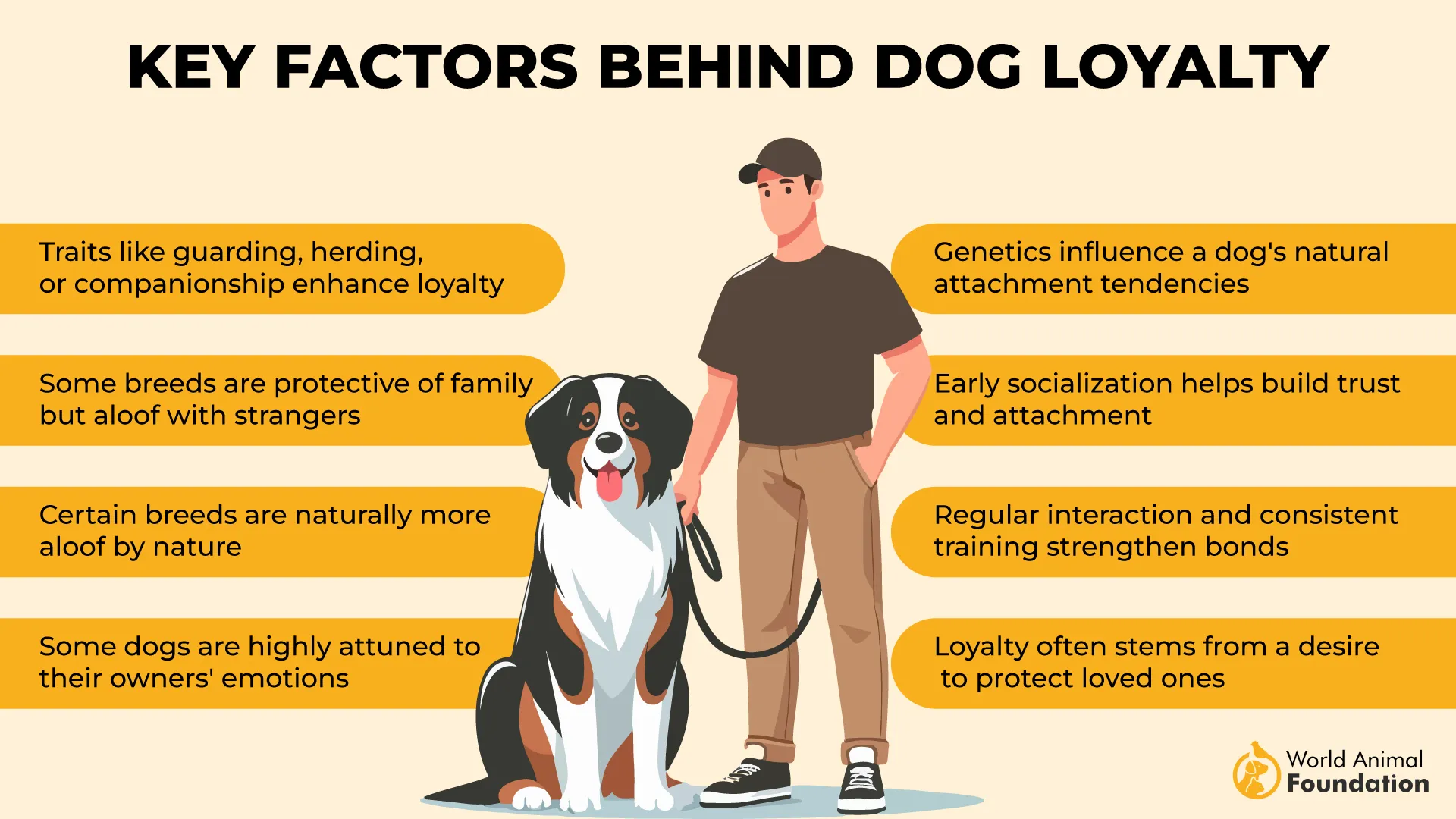
While calm indoors, they need daily physical activity and mental engagement. A securely fenced yard and firm, fair guidance help keep their instincts in balance.
Their white coat is easy to maintain, though skin sensitivity and sunburn can be concerns in warmer climates. Regular vet checks and early socialization are especially important with this breed.
Their high price reflects the careful breeding needed to preserve both temperament and physical soundness. This breed suits owners looking for a dedicated, working companion.
4. Canadian Eskimo Dog
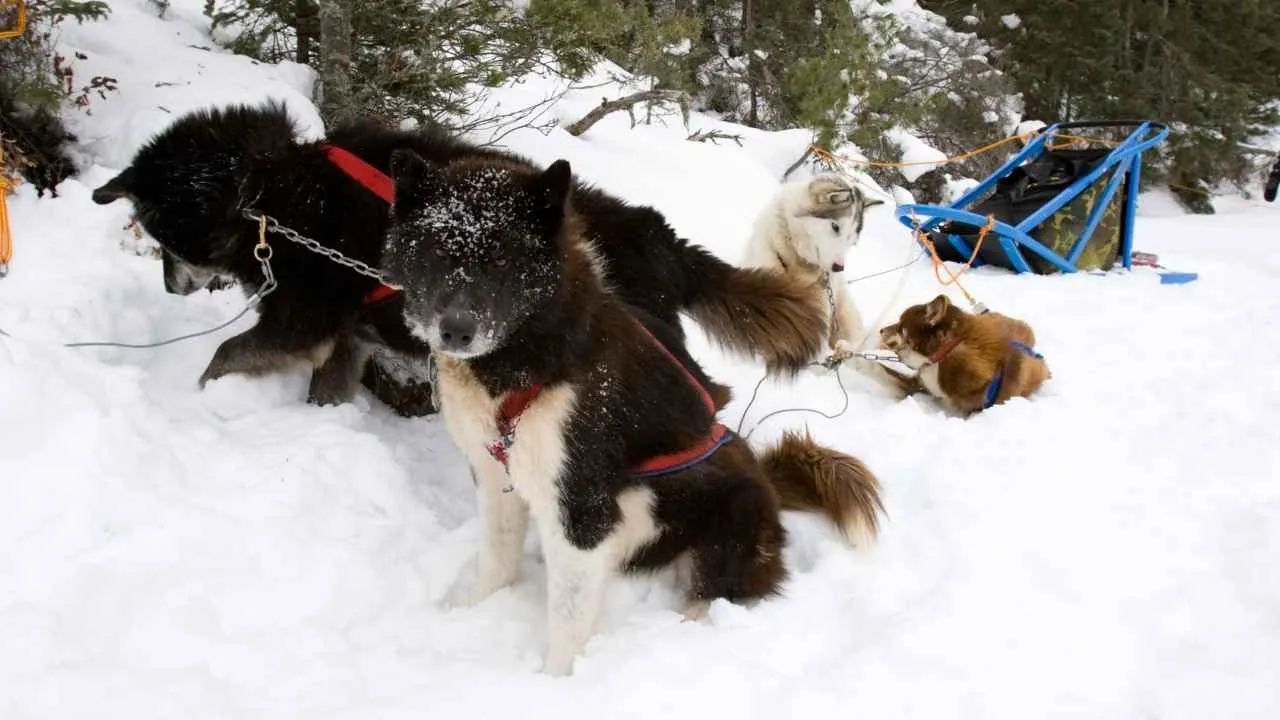
Key Points
Size: Large
Weight: 60–105 pounds
Temperament: Hardy, loyal, energetic
Estimated Cost: $3,500–$7,000
This powerful Arctic working breed is one of the rarest dogs in the world. Bred for hauling sleds and surviving harsh polar conditions, the Canadian Eskimo Dog is muscular, resilient, and deeply bonded to its human team.
Their numbers have declined significantly, raising both their rarity and price. Limited breeding and historical importance contribute to their high market value.
They are vocal, active, and require constant mental and physical challenges. These dogs are best suited to cold climates and working homes rather than casual family environments.
Their dense, double coat needs seasonal grooming, especially during heavy shedding months. Daily exercise is essential, as they can become frustrated without a job to do.
Because of their strength, intelligence, and independence, these dogs thrive with experienced owners and structured routines.
5. Rottweiler
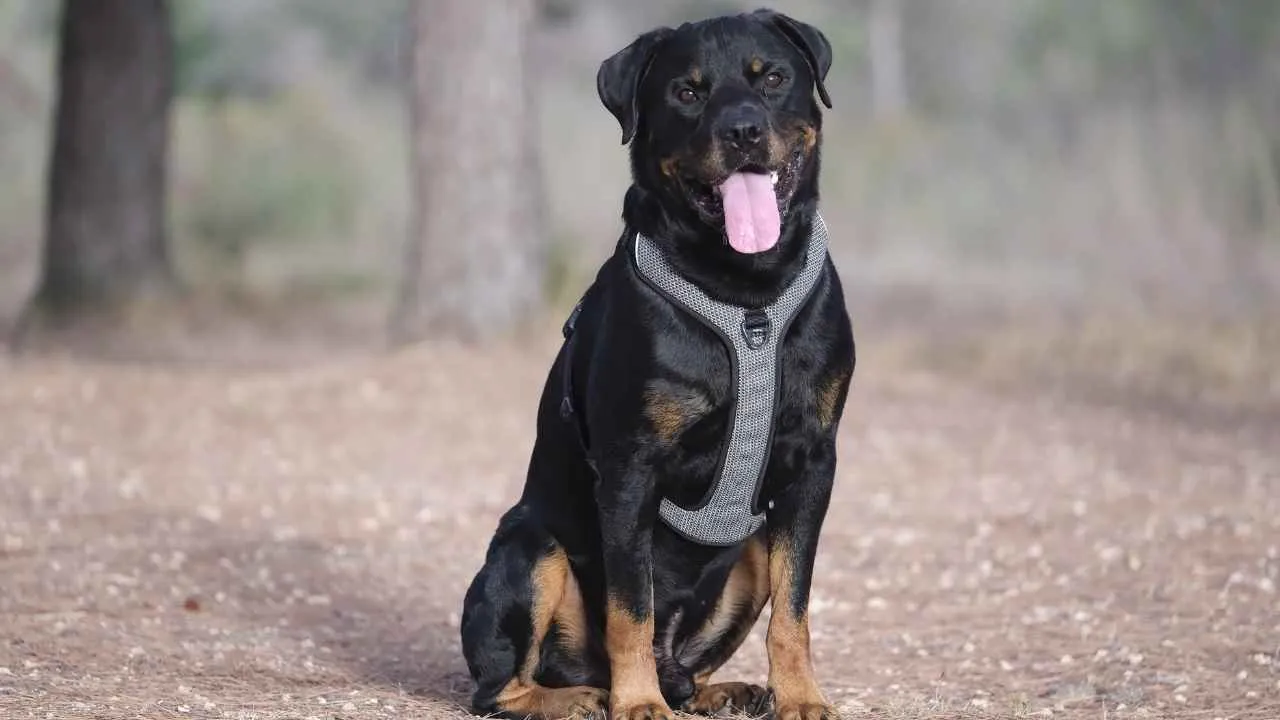
Key Points
Size: Large
Weight: 80–135 pounds
Temperament: Protective, confident, even-tempered
Estimated Cost: $2,000–$8,000
Rottweilers combine strength with loyalty, making them excellent working and protection dogs. Originally bred in Germany for herding and cart-pulling, today they are known for their confidence, intelligence, and strong sense of family loyalty.
Due to their popularity and lineage, top-quality Rottweilers from championship bloodlines can fetch high prices. Purina UK notes that early socialization and training are key to ensuring balanced behavior in the home.
They require firm but fair leadership, along with consistent structure and purpose-driven activities. Without clear boundaries, they may become overly territorial or strong-willed.
Their short, dense coat is low maintenance, but they benefit from regular grooming and joint support, especially as they age.
Rottweilers do well with confident owners who prioritize training, exercise, and engagement. Their price reflects not just pedigree, but also the lifelong investment in responsible care.
6. Tibetan Mastiff
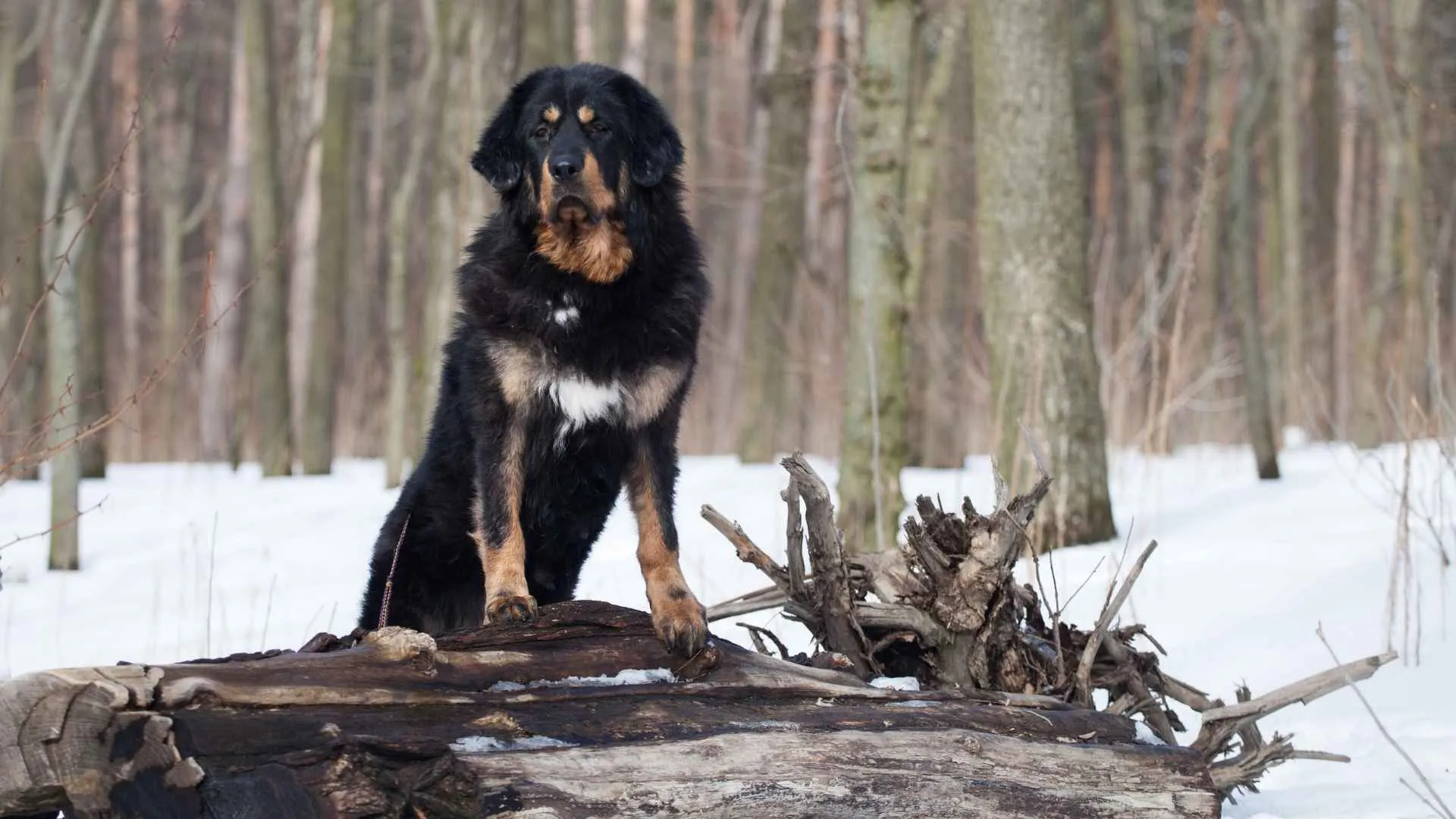
Key Points
Size: Giant
Weight: 70–150 pounds
Temperament: Aloof, protective, strong-willed
Estimated Cost: $3,000–$10,000+
The Tibetan Mastiff is known for its immense size, thick coat, and guardian instincts. Historically used to protect livestock in the Himalayas, this breed is cautious with strangers and deeply loyal to its family.
Their independent mindset can make training a challenge, but they are highly intelligent and observant. The breed’s rarity and majestic appearance contribute to its steep purchase price—some lines have sold for six figures in China.
They need room to roam and a confident, experienced handler. These dogs do best in cooler climates and structured environments that provide a sense of purpose.
Regular grooming is necessary to manage their thick double coat, especially during seasonal shedding. Their strong protective nature also calls for early socialization.
While not overly affectionate, they form deep bonds and serve as reliable protectors in the right home.
7. Chow Chow
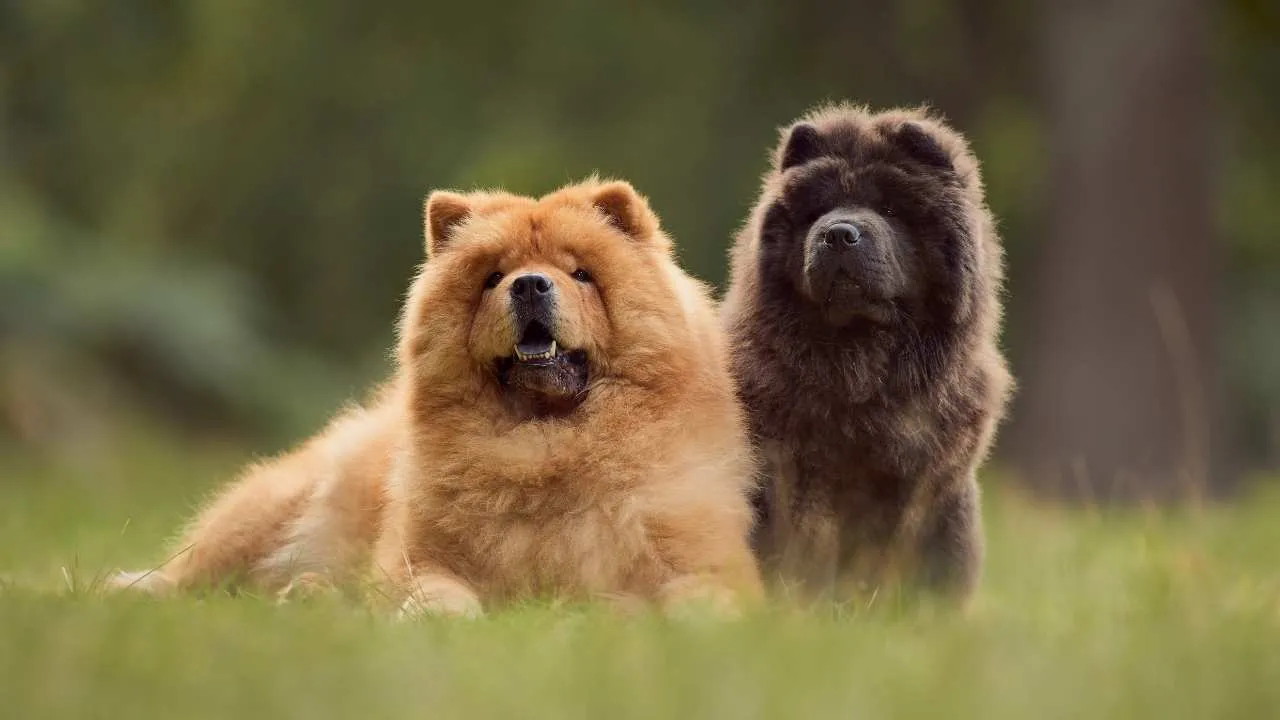
Key Points
Size: Medium to large
Weight: 40–70 pounds
Temperament: Reserved, dignified, loyal
Estimated Cost: $2,500–$8,500
With a lion-like mane and independent spirit, the Chow Chow is one of the most distinct-looking dog breeds. Originally from China, they were used for guarding, hunting, and even pulling carts.
Their aloof nature means they’re not overly social, but they are deeply loyal to their families. PetMD notes their quiet demeanor, but also stresses the importance of early training and socialization to ensure they are well-adjusted around people and pets.
Their thick double coat requires consistent grooming to prevent matting and reduce shedding. Heat sensitivity is also a concern, so a cool climate is ideal.
Because of their strong personality, they’re best for owners who can offer firm, respectful leadership. Without it, they may become stubborn or protective to a fault.
Their appearance and temperament have kept them in demand among collectors and enthusiasts, often commanding high prices, especially from champion bloodlines.
Conclusion
Owning an expensive breed can be a major commitment—one that goes beyond the price you pay for a puppy. While purebred dogs often come from reputable breeders with well-documented health histories, they can also be more prone to certain health conditions that may lead to higher vet bills, pet insurance claims, or even unexpected surgery.
Some of the oldest and rarest breeds in the world, like the lion dog or ancient hunting dogs, require specialized care, training, and environments to thrive. That care adds to the long-term cost of ownership. In contrast, a shelter dog or rescue can be just as loyal, healthy, and loving, especially when spayed, tested, and placed in the right home.
Whether you adopt a mutt or invest in a rare breed, the key is preparation—financial, emotional, and lifestyle-related. A dog, whether from an animal shelter or ean lite bloodline, deserves thoughtful attention, proper obedience training, and a stable home life. In return, you’ll gain a devoted friend who offers more value than any price tag could measure.


